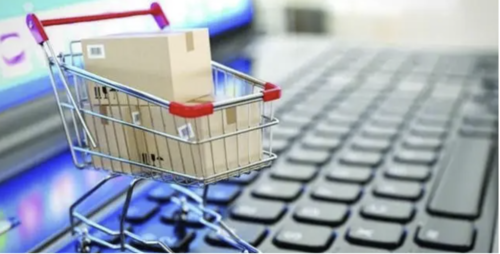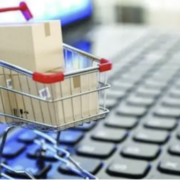Black Friday and the ecommerce season hit us with a bang and we are embracing it.
How has it gone so far?
We’ve broken numerous records offering positive news for the US economy and the corresponding tech sector.
Ecommerce sales grew 2.3% year-over-year on Black Friday.
The US economy continues to be the cleanest shirt in the laundry hamper.
There’s been some doubt whether the US consumer can hold up during the holiday season amid unrelenting price increases on just about anything and everything throughout 2022.
It’s looking good so far.
The numbers vindicate the amazing US online economy with consumers spending a record $9.12 billion online shopping during Black Friday this year.
Another nice bullet point to add to the success of the ecommerce holiday season is the particular items that were purchased which drastically favored tech items.
Popular items included gaming consoles, drones, Apple MacBooks, Dyson products and toys like Fortnite, Roblox, and Bluey.
Thanksgiving was also a major success this year with sales expanding by 2.9%.
The strength of the US consumer is exactly why I believe the biggest upside surprise to next year’s tech story is the economy not succumbing to a painful recession as early as we first thought.
Consumer sentiment has decreased somewhat because of the associated headwinds that have caused discretionary budgets to tighten like higher shelter prices and energy costs.
Yet, the US consumer stays resilient.
This year, Cyber Monday is expected to drive $11.2 billion in spending, up 5.1% year-over-year.
The cons to the latest news are that the US consumer is going deeper into debt to make these holiday purchases.
Buy Now Pay Later payments increased by 78% compared with the past week, and Buy Now Pay Later revenue is up 81% year-over-year.
The runway will eventually run out for the BNPL model because consumers won’t be able to make payments if they overextend themselves.
Another issue that could crop up is if BNPL makes it costlier to borrow money to finance purchases instead of a 0% interest borrowing plan.
That will definitely dent the volume of ecommerce sales.
Then there is the issue of not just the nominal numbers, but the real numbers.
Inflation measured by the CPI index is 7.7% but sales growth was 2.3% for Black Friday.
In real terms, real growth is negative 5.4% year-over-year.
There is a high likelihood that the US consumer is spending an extra 2.3% on products, but receiving significantly less in value for what they pay for.
Many products are being made with less quality and in smaller sizes or are being discontinued altogether.
Effectively, the American consumer is spending an extra 2.3% but getting back -5.4% in relative value, but tech corporations can and will claim victory for growing ecommerce sales.
This type of data offers insight into why American GDP is barely growing with full employment.
Usually, full employment would suggest stronger GDP growth.
To extrapolate more, the data suggest that the efficiency per worker in the US is declining and stark examples can be found at companies such as Twitter.
Twitter runs better as a product, management, staff, and service after firing 75% of staff.
All in all, nominal tech ecommerce numbers performed well enough, but such hidden downsides in the report give a bitter aftertaste.
This could mean we are range bound in the short term for tech shares.
There was nothing in these numbers that would make me want to bid up tech shares going into yearend unless a bullish external macro event suddenly takes place.





